Histologic and radiographic evaluation of different bone grafts in ridge preservation procedures
llistat de metadades
Author
Director
Violant Holz, Deborah
Codirector
Nart Molina, José
Ruíz Magaz, Vanessa
Date of defense
2016-06-06
Pages
90 p.
Department/Institute
Universitat Internacional de Catalunya. Departament d'Odontologia
Abstract
The main goal of this PhD project was to better understand how different types of bone grafts behave in ridge preservation procedures. There is clear evidence that, after tooth removal, a healing process takes place in which the blood clot that fills the socket is gradually substituted with new bone. This process is accompanied by a reduction in height and width of the alveolar ridge. These events may result in limited bone availability, which may compromise an adequate implant placement in order to replace the missing teeth. For this reason, the insertion of different graft materials into the extraction socket has been reported. From the available evidence, it may be concluded that ridge preservation procedures do not completely prevent, but minimize loss of horizontal and vertical ridge alterations. From an histological point of view, several studies have analyzed the histological composition of previously preserved areas in order to determine the amount of vital bone formed. Since the additional benefits of different graft materials in terms of newly formed bone compared to natural healing of the extraction socket was still unknown, we conducted a systematic review in order to answer this question. Calcium sulfate, magnesium enriched hydroxyapatite (MHA) and porcine-derived bone grafts resulted in a significant greater amount of newly formed bone than natural healing sites. Studies evaluating allografts, autologous bone and bioactive glass showed no statistical significant differences between treatment groups. Due to the great variability of the included studies, no firm conclusions could be drawn. Demineralized bovine bone mineral (DBBM) and demineralized bone bovine mineral embedded in 10% collagen matrix (DBBM-C) have been widely used in regenerative therapies and particularly in ridge preservation procedures. However, the possible differences between both grafting materials had not previously been analysed. Therefore, a double blind randomized clinical trial comparing DBBM and DBBM-C in ridge preservation procedures was conducted. A reduction in height and width was observed 5 months after tooth extraction in sites preserved either with DBBM or DBBM-C, but no significant differences were encountered between treatment groups. On the other hand, the histomorphometric analysis resulted in a similar composition in terms of new bone formation, non-mineralized connective tissue and residual graft particles in both treatment groups. From the above mentioned research projects it may be concluded that there is no consensus on which graft material offers the best outcomes from an histological point of view. More specifically, the results of the randomized clinical trial suggest that there are no statistically significant differences between DBBM and DBBM-C neither in height and width reduction of the alveolar ridge nor in their histological composition after a healing period of 5 months.
El objetivo final de este proyecto de tesis doctoral era conocer mejor el comportamiento de distintos materiales de injerto en la técnica de preservación alveolar. Hay evidencia de que, después de la extracción dental, comienza un proceso de cicatrización durante el cual el coágulo sanguíneo es progresivamente reemplazado por hueso nuevo. Además, se produce una reducción en altura y anchura de la cresta alveolar, que puede a su vez dar lugar a una disponibilidad ósea limitada pudiendo comprometer la posterior colocación de implantes. Por este motivo, se ha propuesto la introducción de distintos materiales de injerto en el alveolo postextracción. La literatura científica sugiere que los procedimientos de preservación alveolar minimizan estas alteraciones dimensionales de la cresta en sentido horizontal y vertical . Desde un punto de vista histológico, múltiples estudios han evaluado la composición histológica de áreas donde previamente se había realizado una preservación alveolar para determinar la cantidad y calidad del hueso nuevo formado. Como el beneficio adicional a nivel histológico de la preservación alveolar con distintos materiales de injerto respecto a la cicatrización natural del alveolo postextracción no se conocía, realizamos una revisión sistemática para responder esta cuestión. El sulfato de calcio, la hidroxiapatita enriquecida con magnesio (MHA) y los xenoinjertos de origen porcino resultaron en un porcentaje de hueso nuevo formado significativamente mayor que las áreas control. Otros estudios que utilizaron autoinjertos, aloinjertos o biovidrios no observaron diferencias significativas entre grupos. Sin embargo, debido a la gran variabilidad de los estudios incluídos, no se pudieron sacar conclusiones definitivas. El injerto bovino desproteneizado (DBBM) y el injerto bovino desproteneizado en una matriz de colágeno (DBBM-C) han sido ampliamente utilizados en terapias regenerativas y, particularmente, en preservación alveolar aunque aún no se han analizado las posibles diferencias entre ambos materiales. Por eso se realizó un ensayo clínico randomizado a doble ciego comparando DBBM y DBBM-C en preservación alveolar. Cinco meses después de la extracción, se observó una reducción en anchura y altura de la cresta alveolar en ambos grupos de tratamiento, pero no se encontraron diferencias estadísticamente significativas entre ambos. Por otro lado, el análisis histomorfométrico demostró una composición histológica similar en áreas tratadas con DBBM y áreas tratadas con DBBM-C. De los estudios mencionados previamente, se puede concluir que no hay un consenso sobre qué material de injerto ofrece los mejores resultados en cuanto a composición histológica. Particularmente, los resultados del ensayo clínico randomizado sugieren que no existen diferencias estadísticamente significativas entre DBBM y DBBM-C en cuanto a cambios dimensionales ni en cuanto a composición histológica 5 meses después de realizar la preservación alveolar.
Subjects
616.3 - Pathology of the digestive system. Complaints of the alimentary canal



